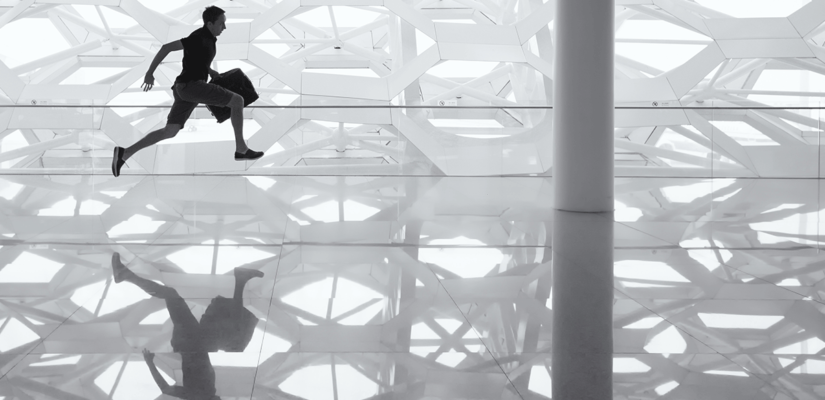
Phase 1: Microtasking signals sprint
Microtasking definition
We started the project by detecting microtasking signals of change, but first, we needed to establish a definition for microtasking. We worked with the view that microtasking is a subcategory of gig-working. Generally, the term “microtasking” is used to refer to people engaging in tasks on microwork platforms. These include Figure Eight and Amazon Mechanical Turk.
Therefore, our working definition for this project is:
- Microtasking is not part of the standard employment relationship.
- The work involves taking on short tasks (i.e. 15 minutes to a few hours).
- A microtasker usually takes on a variety of different tasks from a variety of different firms/people.
- Microtasks are found and undertaken on a microwork platform accessed via the internet.
Microtasking is not just work that is small or different. We also focused on the kind of microwork that is crowdsourced or ‘spliced’ onto other ways of earning. We found lots of connections with AI and machine learning.
The explosion in microwork is indicative of a major shift in the economy and how people respond to their economic situations using the resources that are now available. It is crucial to have an organized response to this through research and responsible policy-making before it precipitates into a cultural shift that we may not have the tools to address.
– Haris Akhtar, University of Toronto Student
The microtasking signals database
From September 19 to October 9, 2019, U of T Urban Political Geography students participated in a “signals sprint” to find microtasking references. They collectively analyzed 374 references related to microjobbing. Students analysed each reference as social, technological, economic, environmental, political or values, a STEEPV framework. Students also considered the importance of each signal and provided a summary of why it is important.
The project would not have been possible without the incredible harvest of resources the students collected. Our appreciation also goes out to their professor, Michelle Buckley, for guiding them in this research and making it part of their coursework for the term.
The 2×2 Matrix process chosen for this project begins with an organized search for, and collection of, evidence of change. Following a briefing presentation and class discussions, students followed their understanding of microtasking. We asked them to capture instances of actual change, called “signals”. Each student contributed eight signals based on their experience and research.
The microtasking research team wanted signals that ranged from strong to weak. Signals that challenged the core research team’s assumptions provided a richer environment for foresight analysis.
Microtasking is everywhere online, you just need to realize what exactly it is!
– Noah Ramcharran, University of Toronto Student
The signals sprinters
Haris Akhtar, BA
Will Bromley, BA
Daniela Caneo
Valeria Gallo Montero, BSc
– Read Valeria’s article, Microtasking as a quick fix to ease the cash crunch
Mei Hung, BA and MA
Kayona Karunakumar, Honours BA
Frankie Chi-Hin Leung, BSc
Neha Meher, BA
Dhanak Ohri, BA
– Read Dhanak’s article Microwork’s popularity among students
Pravleen Parmar, BSc
Rachel Bonita Persaud , BA
Anisha Prasad, BESc
Noah Ramcharran, BA
Daniel Ravindran,
Zaineb Shahid, BA
Aliya Shivraj, BSc
Zainab Sidiq, BA
Herve Thuram, BA
James George Vlahos
Ali Zaheer
Xinrui Zhang
Richard Zhao
Micro-tasking is the new way to make extra income.
– Dhanak Ohri, University of Toronto Student (read Dhanak’s article)
Foresight process
STARTING WITH A SIGNALS SPRINT

Phase 1: Microtasking signals sprint

Phase 2: Microwork trends to consider
Everyone notices trends in the world around them. Spring 2019’s fashion colour was yellow. Meat-free options are on the rise. Part-time work is growing. Sometimes…

Phase 3: What’s driving microwork

Phase 4: Implications of microwork futures

Microwork futures: strategic perspectives
Posted by Cheryl May
- Microtasking reports - March 12, 2020
- Microtasking project toolkit - March 2, 2020
- Microwork futures: strategic perspectives - February 24, 2020

















